-
Posts
3,386 -
Joined
-
Last visited
About EasternLI

Profile Information
-
Four Letter Airport Code For Weather Obs (Such as KDCA)
KHWV
-
Gender
Male
-
Location:
Riverhead, LI
Recent Profile Visitors
The recent visitors block is disabled and is not being shown to other users.
-
Yeah I agree it will likely trend that way too in this instance. Gefs guidance can overdo it sometimes too though. So I've been kinda focused on euro guidance to see if it would trend more amplified. And it has been which is good to see. Yesterday's weeklies were another good step too. Avoiding the circle completely that run with some amplified members too.
-
Some good trends this morning... and an interesting thought. Improvement on the EPS from last night also. Which has been much weaker with this event compared to others. Still very much worth watching.
-
Generally not a fan of the RMM MJO charts. However, I think these euro weekly ones are beneficial. Mainly to visualize what the individual members are doing inside the mean and for trends. IMHO, not sure how anyone can call what happens with this event currently with any confidence. Still think it's too early. With that being said, lets look at the trend over the past week wrt this event. EC 46 one week ago versus today's forecast. A few things are noticeable. The verification vs the forecast from a week ago has been much higher in amplitude. With verification higher than the highest ensemble members forecast. The mean which was spiraling off into the COD is no longer doing so with a signal into the Pacific now. Also interestingly, later in the forecast period, there are many more members with renewed amplification in the Pacific now on today's run which just updated. This is still worth watching... One week ago: Today:
-
Theoretically, according to some studies, to have the best chance of a successfully propagating MJO event beyond the MC. There are 2 main factors to consider. Indian Ocean temps and the QBO. With the combination of a warm Indian Ocean combined with an EQBO offering the highest chance for success. Understanding the Factors Controlling MJO Prediction Skill across Events https://journals.ametsoc.org/view/journals/clim/37/20/JCLI-D-23-0635.1.xml The results show that the low-frequency background states of the Indian Ocean sea surface temperature and the quasi-biannual oscillation are good indicators for MJO prediction skill, for their modulatory role in the MJO propagation range. The difference in intraseasonal fields can further be attributed to the LFBS of IO sea surface temperature (SST) and quasi-biannual oscillation (QBO), with the high-skill (low-skill) events corresponding to a warmer (colder) IO and easterly (westerly) QBO phase. The physical link is that a warm IO could increase the low-level convective instability and thus amplify MJO convection over the IO, whereas an easterly QBO phase could weaken the Maritime Continent barrier effect by weakening the static stability near the tropopause, thus favoring eastward propagation of the MJO. It is also found that the combined effects of IO SST and QBO phases are more effective in influencing MJO prediction skill than individual LFBS.
-
-
Intuitively, makes sense and I agree. The MC is a tricky area for convection though and can play games sometimes. We'll see what modeling trends decide to do with it over the coming days. I suspect it will make it as well, but we'll see.
-
The AAM is set for a rapid rise towards neutral. After having fallen to strongly negative values. The cause of this will be the addition of momentum from the upcoming pacific jet extention in conjunction with the MJO event. How this plays out should have an effect further down the road. The MJO is modeled differently on different systems currently. The EPS AI ensembles have been pretty robust with it. Ideally, we'd like to see the negative AAM anomalies propagate poleward to 60N over time. If so, there could be some actual potential for early winter northern blocking. Towards December perhaps. I'll be interested to see how this plays out..
-
By which metric is the Pacific warm pool warmer than last year at this time? NOAA keeps a dataset on that area here : https://psl.noaa.gov/data/correlation/pacwarm.data 2024 0.592 0.659 0.500 0.591 0.604 0.605 0.655 0.635 0.640 0.654 0.658 0.492 2025 0.536 0.459 0.448 0.433 0.473 0.382 0.472 0.483 0.458 That data doesn't agree with the assertion... As per their defined area, here are last year versus this year for visual comparison. Last year: This year: The negative IOD certainly front and center in this part of the world, as has been discussed in this thread. No issue with that whatsoever. However, the tropical western pacific is actually not as warm as it was at this time last year. Neither are the waters in the vicinity of Indonesia. NOAA data reflects this year being less impressive as well. So by which metrics is this years west pacific much warmer than last year? I'm not seeing it and I disagree.
-
This year is seemingly lining up to be an interesting case to watch regarding all of this. The paper did mention the addition of enso forcing alters things. Sometimes drastically. However over the course of the last 30 days, it does appear to be a stand out feature on the VP200 charts and OLR charts. I didn't notice any recent years, when looking back through that data, looking quite like this. So certainly a very valid feature to monitor.
-
Yeah, like I said, barring some other overpowering influences.
-
The negative IOD is kind of interesting. This is a good article about the IOD and it's effects. The relationship is modeled to weaken over time in the future with some changes to the sst gradients. However, for now and when you eliminate other factors. -IOD seemingly favors -NAO in and of itself if it were the dominating feature. Climate change alters the Indian Ocean Dipole and weakens its North Atlantic teleconnection https://www.nature.com/articles/s43247-025-02131-5
-
-
The funny part to me is that 2013 actually did do that. Similar timing. There seems to be this notion in here that there was this static warm pool in the NE Pacific for months on end that year. When that was not the case from what I've been seeing looking back at the data.
-
Modeled sst forecasts aside. It's at least slightly interesting to compare the north Pacific layout currently emerging this year, in early September, to the same time period from 2013.
-
I'm kinda impressed with the way this MJO is progressing. Plus it's of the slow moving variety. Which is good in this case because those are the more likely versions to affect the circulation. Velocity potential tells a better story then the RMM charts. It's interesting too, that models continually have tried to kill this wave in extended ranges. Since November really. Yet it still continues on. These are both from the GEFS. Check out where we were and compare it to where we are headed. Effectively muting the MC region, while allowing the western hemisphere to be more dominant in the forecast period. Cold enso base state is also is also identifiable on these but not overpowering everything like our most recent La ninas have. Top image I have saved from the 12/12 00z GEFS. With a forecast ending at 00z today, the 29th. Bottom image is last nights 00z GEFS.


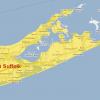
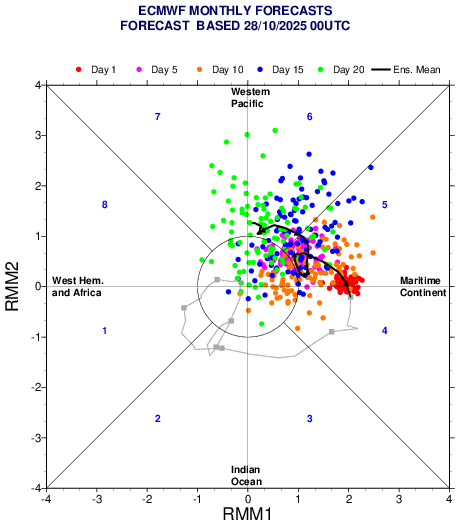

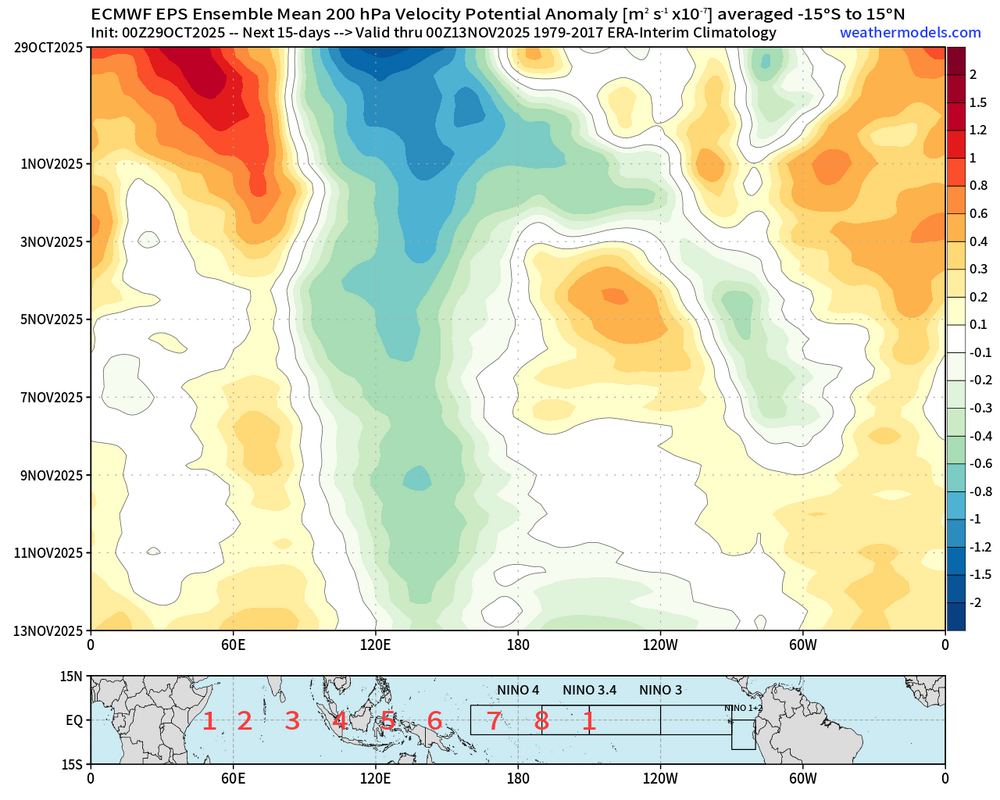
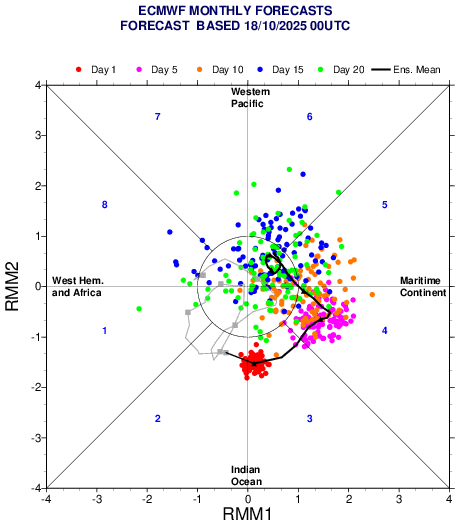
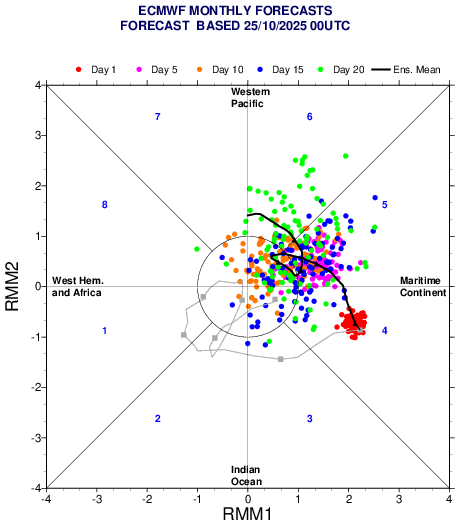

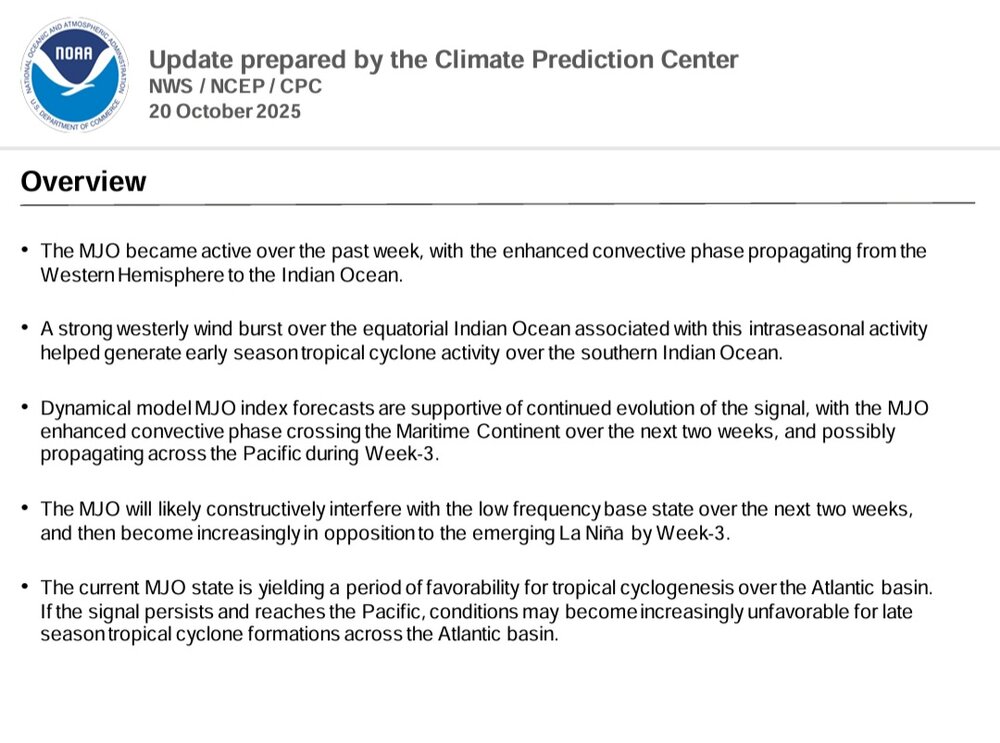
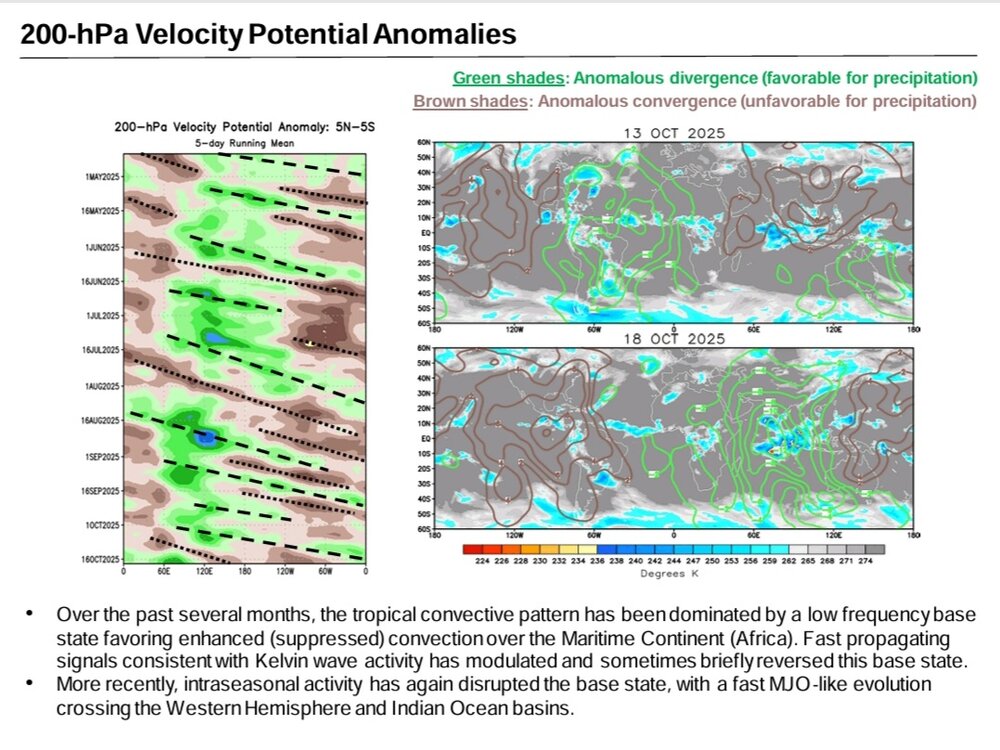

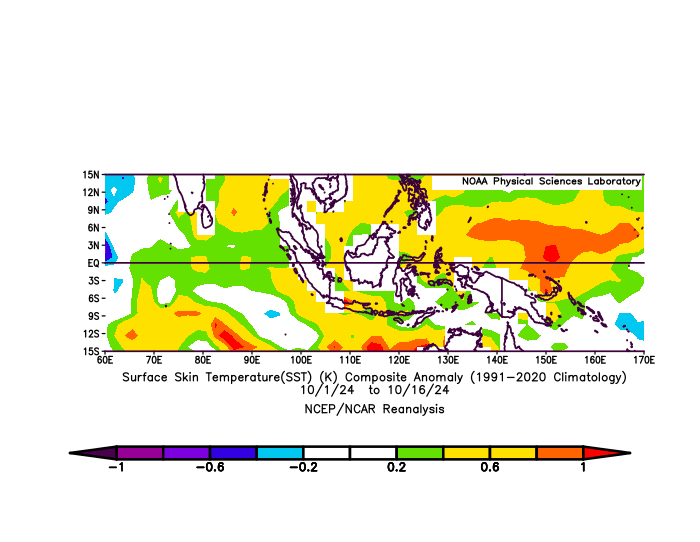
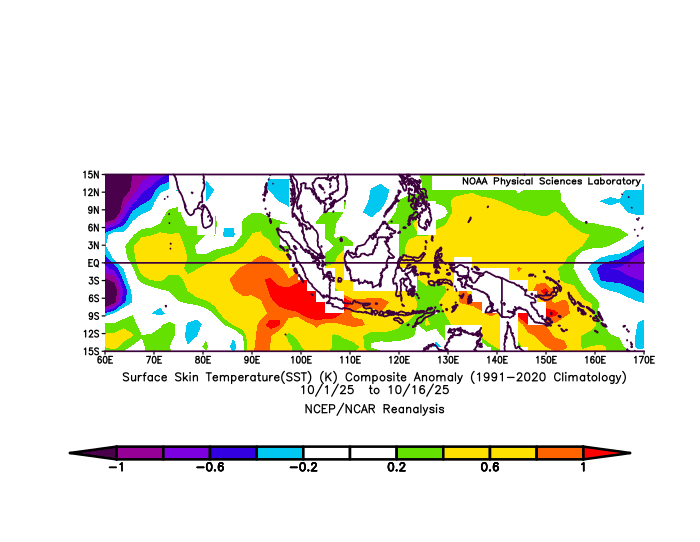
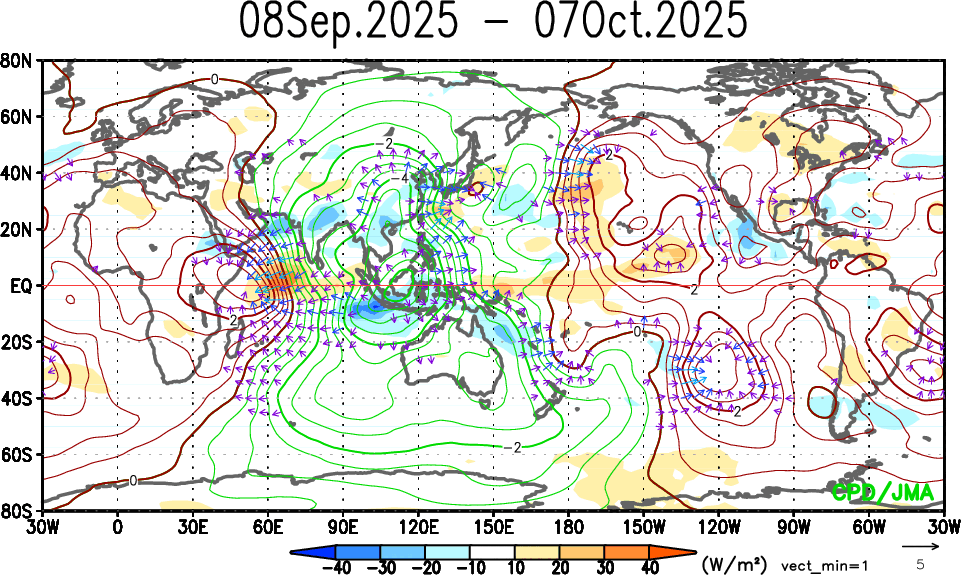
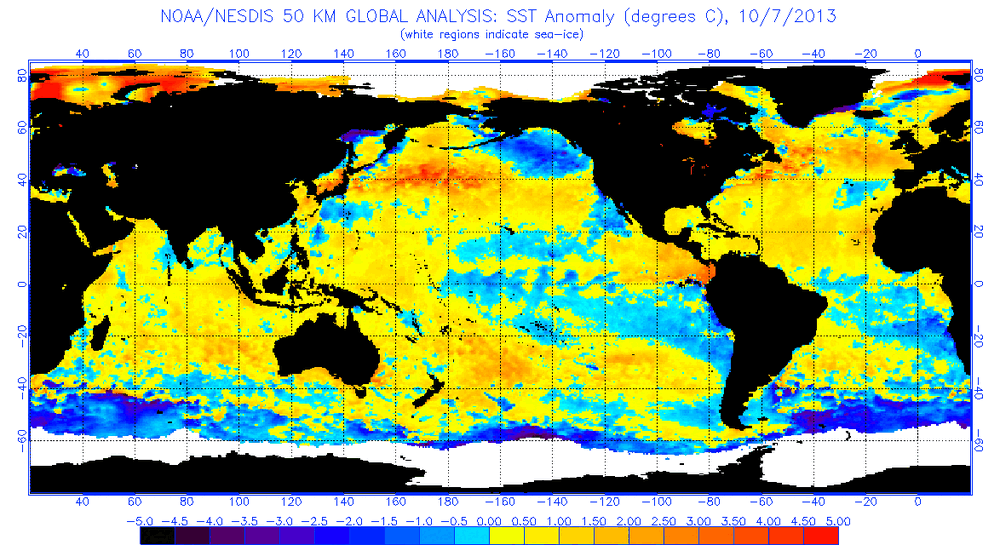
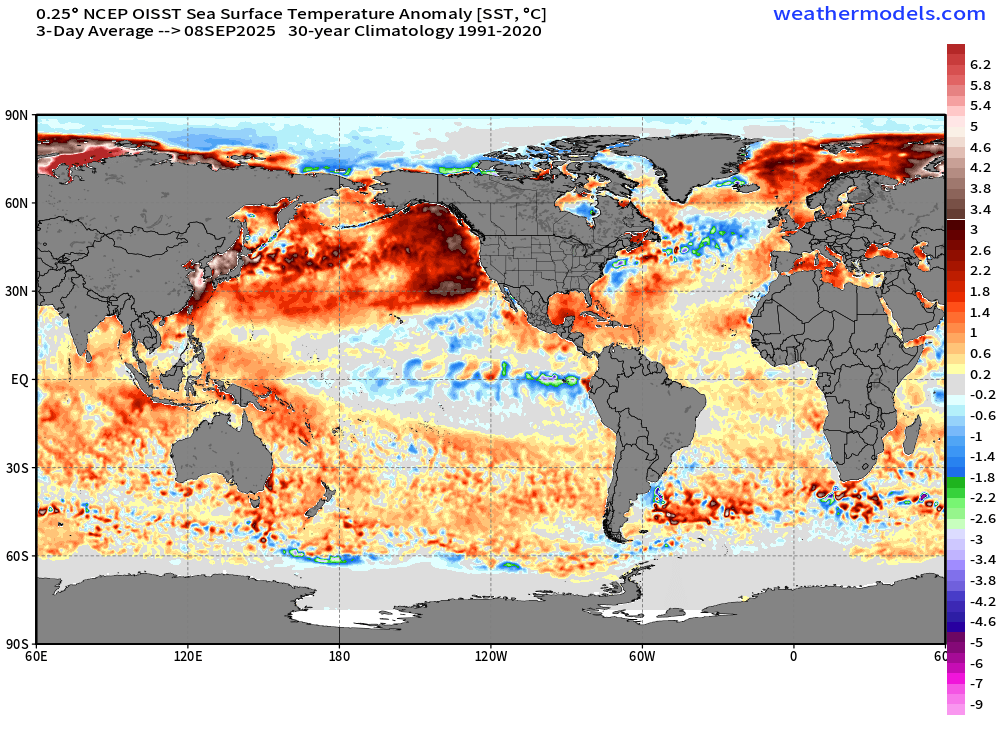
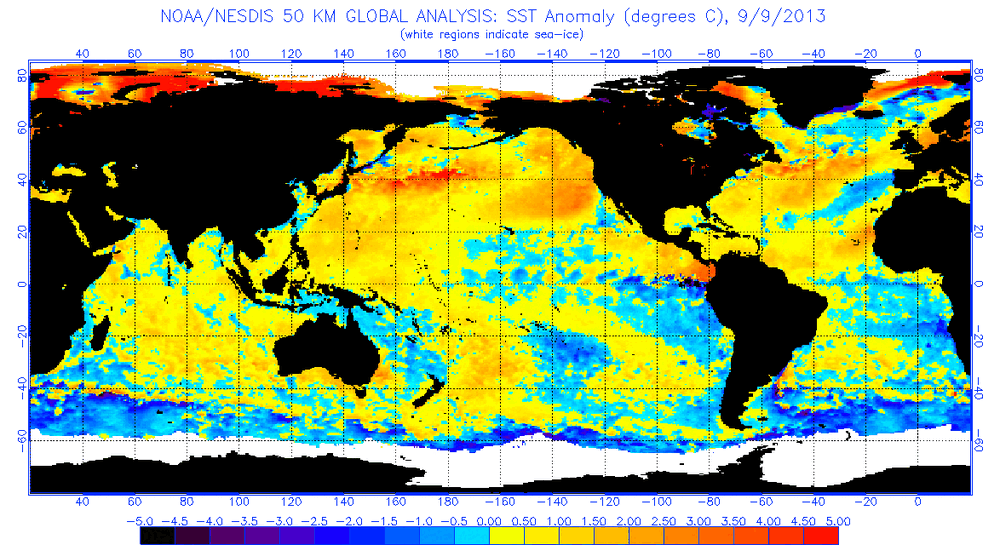
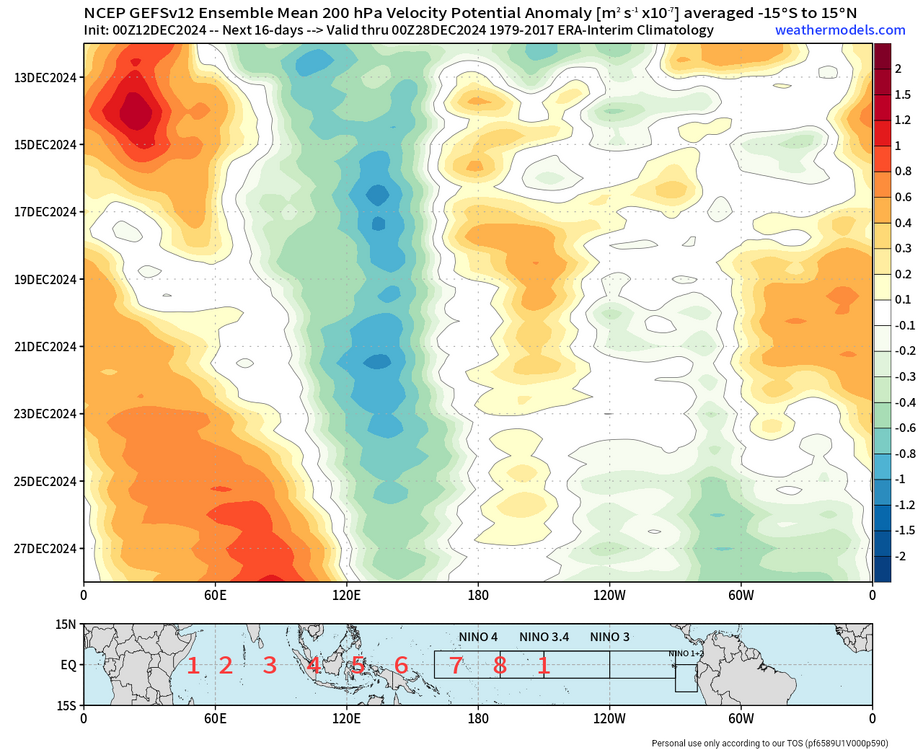
.thumb.png.563e336ffe6f3429109e51e200232774.png)